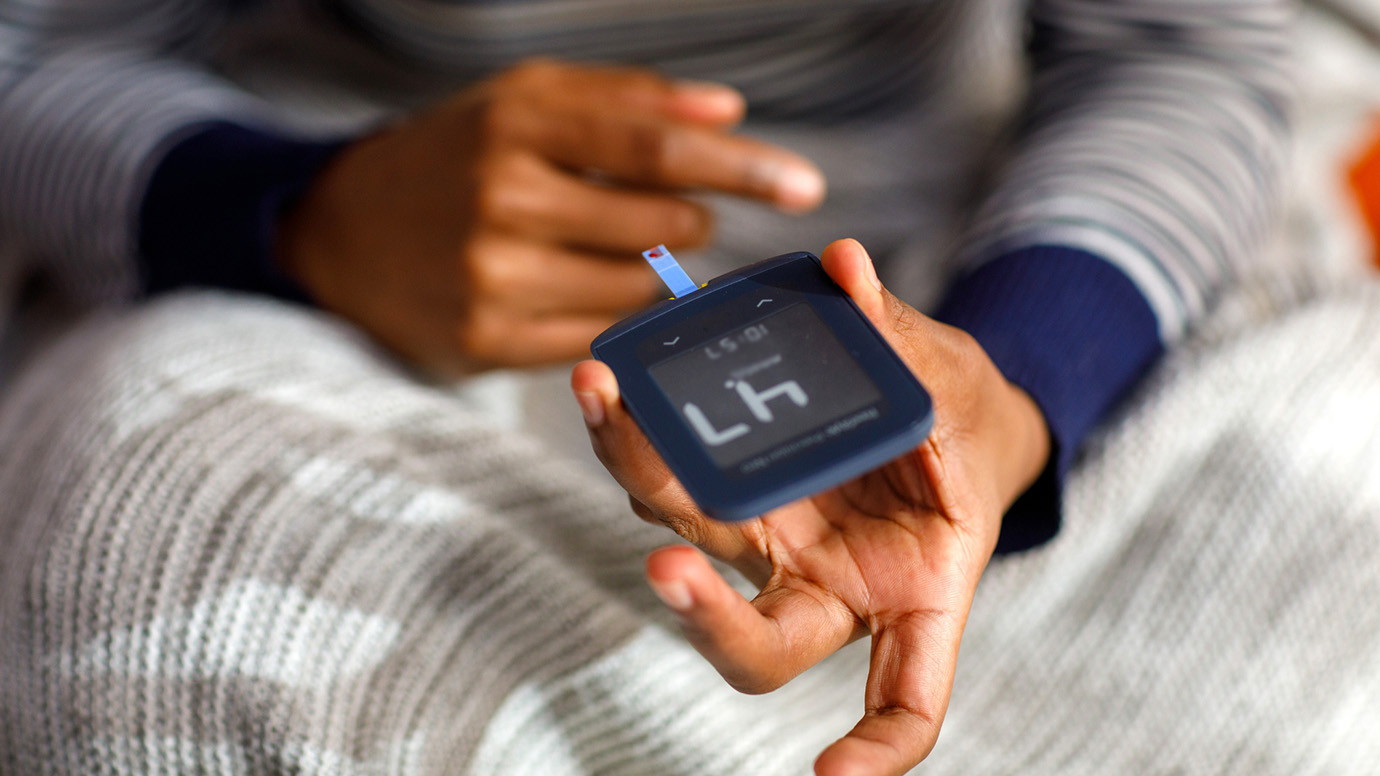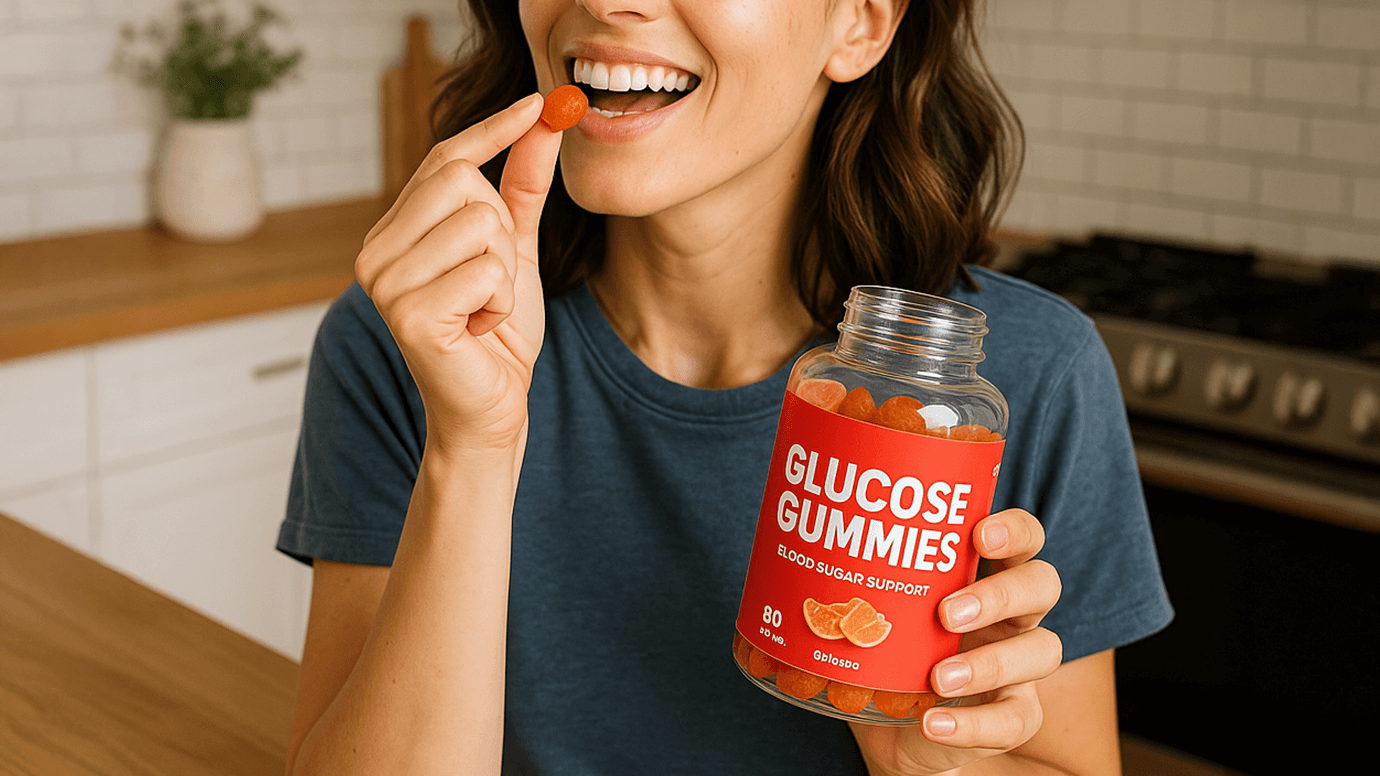Beyond Type 1 Staff Picks: Diabetes Hacks, Tips & Tricks
Written by: Beyond Type 1 Team
6 minute read
December 16, 2021
Have you come across a tip on the internet that completely changed your diabetes management? Or maybe made things feel a little easier?
Our team collaborated on this post of our favorite diabetes hacks, tips and tricks—everything from “soaking our pump sites” to low-carb snack favorites. We hope these little tips, hacks and tricks are helpful to you! Let us know yours!
Please remember these tips worked for us, but are not medical advice from a doctor. Talk to your healthcare team before switching up your healthcare regimen.
Our Diabetes Hacks, Tips and Tricks
Kaili Kobylka, Executive Assistant to the CEO
 Hack #1: Sprinkle extra pen needles everywhere (glove box, every purse, mom’s junk drawer, etc.).
Hack #1: Sprinkle extra pen needles everywhere (glove box, every purse, mom’s junk drawer, etc.).
Hack #2: Pack an extra Dexcom sensor for ANY overnight trip, but pack two to three for longer trips.
Hack #3: Carry small tubes of glucose tablets, so I won’t spike from juice/soda/candy when I treat a low.
Todd Boudreaux, Director of Publishing

Hack #1: Everyone talks about re-using lancets but I feel like people don’t talk about re-using pen needles enough! I’ll replace my insulin pen needle every one to two days, rather than every injection.
Hack #2: If you’re out at a bar with no low snacks and dropping, ask for some juice! Nearly all bars keep them on hand as mixers, and often they’ll give them to you at little to no charge.
Hack #3: Have backup continuous glucose monitors (CGMs) of a different brand (i.e. if you use Dexcom, have backup FreeStyle Libres and vice versa). I’ve found it’s easier to stock up and keep backups on hand this way, especially when insurance won’t let you refill early.
Ginger Vieira, Digital Content Manager
 Hack #1: I cut my wine with seltzer—that way I can enjoy sipping “two” glasses but it’s only 1 serving of alcohol. Classy, I know!
Hack #1: I cut my wine with seltzer—that way I can enjoy sipping “two” glasses but it’s only 1 serving of alcohol. Classy, I know!
Hack #2: I use the same bowl for a regular starchy-veggie breakfast of mixed frozen veggies + breakfast sausage. By using the same bowl every time, I don’t have to measure the veggies (like the starchy corn and peas), so I get roughly the same amount of carbs and know how much insulin I need for that bowl’s worth of veggies.
Hack #3: Instead of pasta, I pair meat at dinner with sauteed bean sprouts, sliced onion, and sliced carrots. All three veggies are string-like, and can be eaten with bites of meat much like you would with pasta.
Hack #4: When people criticize you for your diabetes lifestyle choices and tell you that you ought to “eat like X, Y and Z”, just smile sweetly and say, “It’s great that you’ve found what works for you!”
Hack #5: As soon as I get out of bed in the morning, I put on my workout clothes. Every day. Depending on my kids’ schedule, I don’t always get to workout right away, but as soon as I get them to school and get home, I’m ready to rock ‘n roll! Hard to talk yourself out of exercising when you’re already head-to-toe in spandex and a sports bra.
Hack #6: I have a giant calendar marker board that I walk by multiple times a day. I write down the basics of what I did for exercise that day (except for dog walks, ’cause those are gonna happen no matter what). It doesn’t have to be detailed, it just needs to make sense to me. I love being able to look and see most of the days filled in, and it lets me know when I’m due for a little rest day. It also helped me rebuild my tolerance for more intense weightlifting after being diagnosed with fibromyalgia because I could only do tiny bits of strength training for a while—which is really boring, and easy to forget. Even just 10 minutes of lifting weights was important two years ago! Writing things down on this giant marker board helps make all of my workout goals a priority.
Hack #7: Instead of thinking that you need to feel energized in order to get up and exercise, I have learned to think of exercise as the thing that gives me energy. And it freakin’ works! I’ve created time in my morning for daily intense exercise because it charges my battery for the day in a way that coffee simply cannot. Thinking of exercise as my source of energy makes it so much easier to show up for it every day.
Tiana Cooks, Community Manager

Hack #1: Show up for yourself. Count your carbs, check your blood sugars and be patient. You got it.
Hack #2: Don’t be afraid to try new things. Test on a new finger, inject in a new area, try new foods.
Hack #3: Ask questions + learn as much as you possibly can. No one knows you better than you know you!
Mariana Gomez, Director of Emerging Markets

Hack #1: Carry low-carb snacks! In my country [of Mexico], low-carb snacks and parties are not a thing that mix so I usually bring my own low-carb snacks. I’m the “I brought some delicious snacks!” friend.
Hack #2: I don’t mind when people ask what my devices are, I usually try to educate them. But there are times when I’m tired so I just say it’s a generator…a question generator.
Lala Jackson, Managing Editor

Hack #1: Every person with diabetes has different ‘kryptonite’ foods where even if you *technically* get the carb count and insulin dosing ratio right, your body is just going to be like “nope.” Experiment, switch out aspects of the thing that doesn’t seem to work for you, but also listen to your body. If you can’t eat it, you can’t eat it. Don’t force your body to do the thing it’s clearly saying “no” to.
Hack #2: If you do have an issue with a specific type of carb spiking you too high, combine it with a protein—it makes your blood sugar rise more slowly/not spike as fast (but be careful of how MANY carbs at once, since if you have a lot that drive you high, the protein will make you stay high too).
Hack #3: Since we don’t make amylin (the hormone that helps you feel full) either, don’t beat yourself up for always wanting to snack, but also hack your kitchen to support you. Put snacks in serving sizes as soon as you buy them. (I don’t keep snacks in the house at all—I WILL eat an entire family-size bag of chips if it’s there—but I make up for that by not limiting myself when I go out to eat. Balance 🙂 )
Hack #4: Blood sugar levels are also a magic hack for figuring out food intolerances. I can’t eat quinoa. No idea why. But I didn’t know that until I got super specific about measuring it out, counting the carbs, getting the insulin dose “right” (as compared to other foods with the same carb count where it worked) and my blood sugar STILL went up to the 300s and stayed there. That helped me realize that it also makes my body kind of puffy/inflamed. I wouldn’t have put two and two together without the blood sugar numbers being so clear.
Hack #5: Having a dry white wine at dinner (like a dry riesling) will make it so I don’t need to bolus for about 20g of carb in my food. For my body, it’s magic. For other people, it’s different, but that’s just a reason to experiment with wine. Darn.
Hack #6: SkinTac wipes. Magical. They make my CGM/pump tape stick without having to use a patch over it.
Alexi Melvin, Staff Writer
 Hack #1: My diabetes “hack” is to take the time to educate at least one person per week about type 1 diabetes. It makes you feel super empowered instead of resentful—and like there’s some sort of silver lining to you being diagnosed. So that you can make an impact.
Hack #1: My diabetes “hack” is to take the time to educate at least one person per week about type 1 diabetes. It makes you feel super empowered instead of resentful—and like there’s some sort of silver lining to you being diagnosed. So that you can make an impact.
Erika Szumel, Social Media Editor

Hack #1: Invest in a pump holster/pump band to wear around your leg under a dress—seriously changed my life! I always tuck my pump into my bra—but then there’s boob sweat. If you want to keep your pump tucked into your bra, put it in a baby sock – to keep any boob sweat away from your lifeline.
Hack #2: Soak your pump sites. Put the new pump site on for at least a few hours before you’re going to actually use it. This has worked wonders for me!
Hack #3: Ignore everyone else’s thoughts on your disease. Nuff said.
We hope these hacks, tips and tricks help you along your journey with diabetes. Remember, everyone lives a little differently and everyone experiences this illness a little differently, so what works for one person might not work for you!

Author
Beyond Type 1 Team
This piece was authored collaboratively by the Beyond Type 1 Editorial Team.
Related Resources

If you have diabetes, you know insulin affects low blood sugar (hypoglycemia), but it’s not...
Read more

Living with diabetes, you know that low blood sugar can be dangerous and needs quick...
Read more

At just 17, Collin Lloyd is making a name for himself in karting—on and off...
Read more

